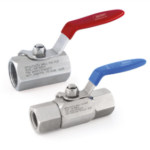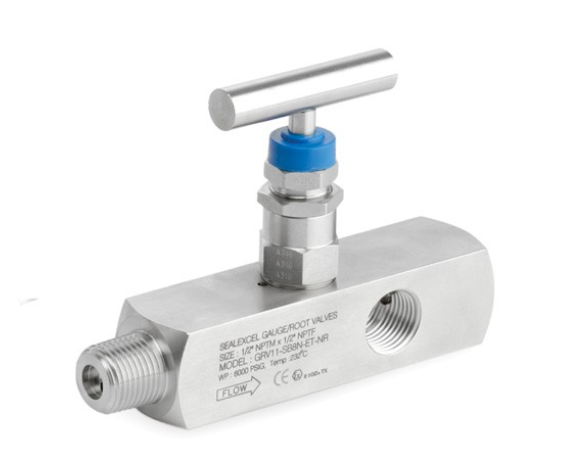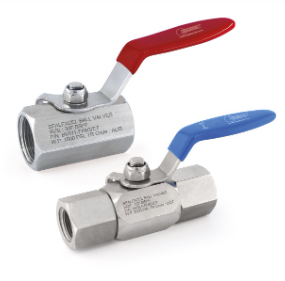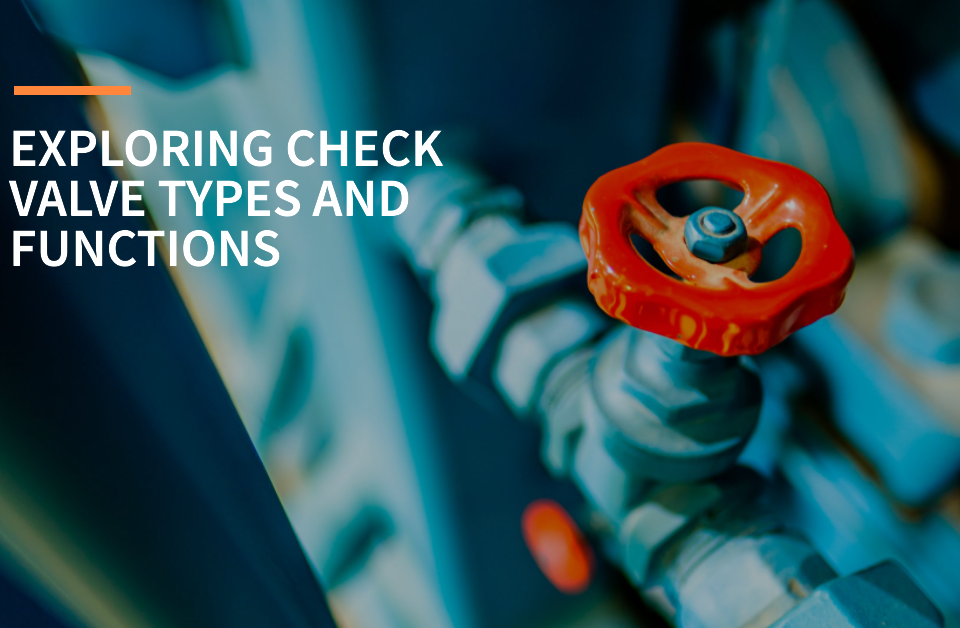Ball Valve Manufacturing: A Comprehensive Insight into the Process
August 5, 2023
Ball Valve Price in 2023: A Comprehensive Guide
October 10, 2023Pressure gauges with ball valves are essential instruments widely used in various industries to measure and control fluid pressure. Combining the functionality of both a pressure gauge and a ball valve, these devices provide accurate pressure readings and enable operators to isolate and control the flow of fluids in a system. In this informative blog, we will delve into the working principles of pressure gauge with ball valve, explore the three main types of pressure gauges, discuss the pressure limits for ball valves, and outline the procedure for pressure testing a ball valve.
What is a Pressure Gauge with Ball Valve?
A pressure gauge with ball valve is a specialized device that combines a pressure gauge and a ball valve into a single unit. It consists of a pressure measuring element, usually a Bourdon tube, a diaphragm, or a capsule, connected to a dial gauge for pressure readings. The ball valve component allows for fluid control by providing the ability to start, stop, or regulate the flow through the connected pipeline.
How does a Pressure Gauge Valve Work?
The working principle of a pressure gauge with ball valve is quite straightforward. When connected to a fluid system, the pressure exerted by the fluid acts on the measuring element (Bourdon tube, diaphragm, or capsule), causing it to deform. This deformation is translated into a mechanical movement, which is displayed on the dial gauge as the pressure reading.
The ball valve aspect of the device serves as an on/off switch or a flow regulator. By rotating the ball handle, operators can either allow or block the flow of fluid, providing immediate control over the system’s pressure.
Types of Pressure Gauges
Pressure gauges come in various types, each designed to suit specific applications and pressure ranges. The three main types are as follows:
- Bourdon Tube Pressure Gauge: Bourdon tube gauges are the most common type. The gauge consists of a coiled tube that straightens when pressure is applied, causing a needle to move across the dial. They are reliable, affordable, and suitable for measuring low to medium pressure ranges.
- Diaphragm Pressure Gauge: Diaphragm gauges utilize a flexible diaphragm that deforms under pressure, leading to a change in the dial’s position. They are ideal for measuring corrosive and viscous fluids and are commonly used in chemical and pharmaceutical industries.
- Capsule Pressure Gauge: Capsule gauges use two diaphragms welded together to form a capsule. When subjected to pressure, the capsule expands or contracts, producing the pressure reading on the dial. They are suitable for low-pressure applications.
Pressure Limit for a Ball Valve
The pressure limit of a ball valve depends on its design, material, and size. Ball valves can handle a wide range of pressures, from low to high, making them versatile for various industrial applications. However, it is crucial to select a ball valve rated for the specific pressure conditions in your system to ensure safety and optimal performance.
Pressure Testing a Ball Valve
Pressure testing a ball valve is a critical step in ensuring its integrity and reliability. The following steps outline the procedure for pressure testing a ball valve:
Step 1: Prepare the System
Isolate the ball valve from the rest of the system and ensure that it is securely installed.
Step 2: Close the Valve
Close the ball valve to prevent the flow of fluid during the test.
Step 3: Apply Test Pressure
Gradually apply the test pressure to the valve by introducing the test medium (liquid or gas) into the system.
Step 4: Observe for Leaks
Monitor the valve for any signs of leakage. Carefully inspect the valve body, seals, and connections.
Step 5: Release Pressure
After completing the test, release the pressure from the system and open the ball valve.
Step 6: Record and Inspect
Record the test results and inspect the ball valve for any signs of damage or wear. Replace any faulty components as necessary.
Conclusion
Pressure gauges with ball valves are indispensable tools in fluid systems, providing accurate pressure measurements and fluid control capabilities. Understanding the various types of pressure gauges and their respective pressure limits is crucial for selecting the right gauge for your specific application. Additionally, performing regular pressure testing of ball valves ensures the safety and efficiency of your fluid systems. By using pressure gauge with ball valve correctly, industries can maintain smooth operations and uphold safety standards in their processes.



